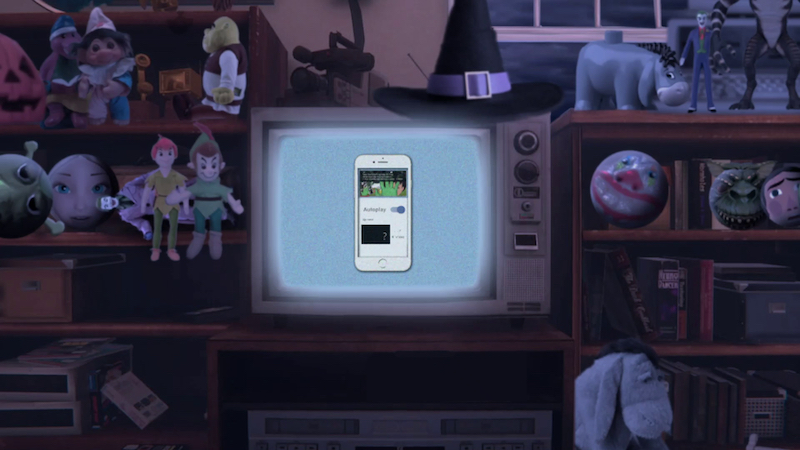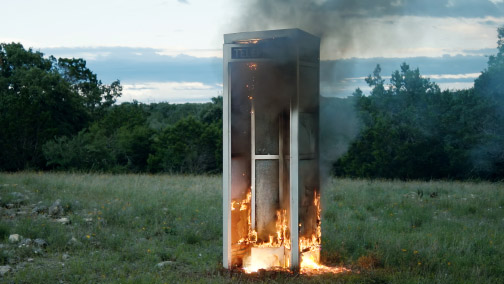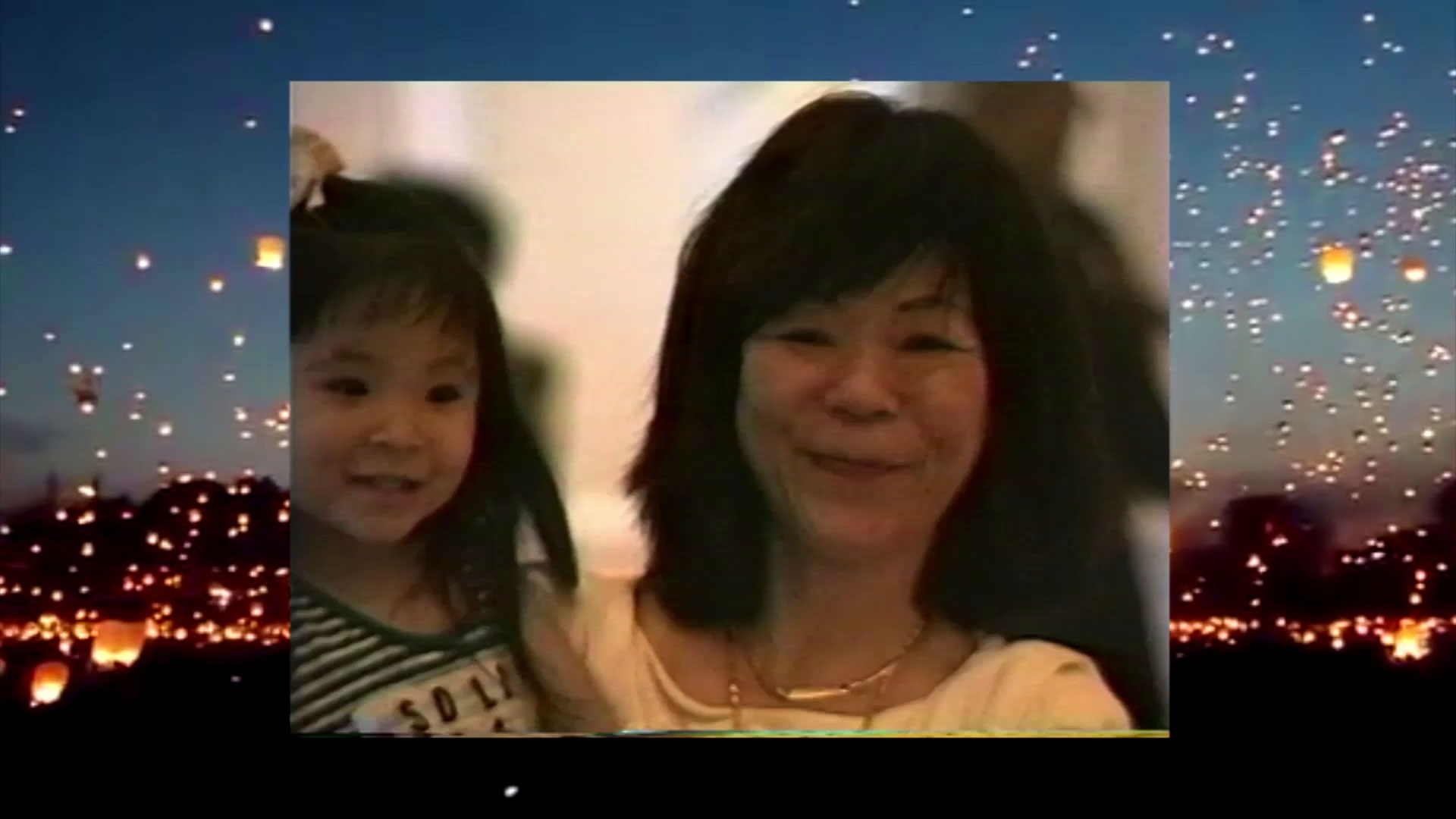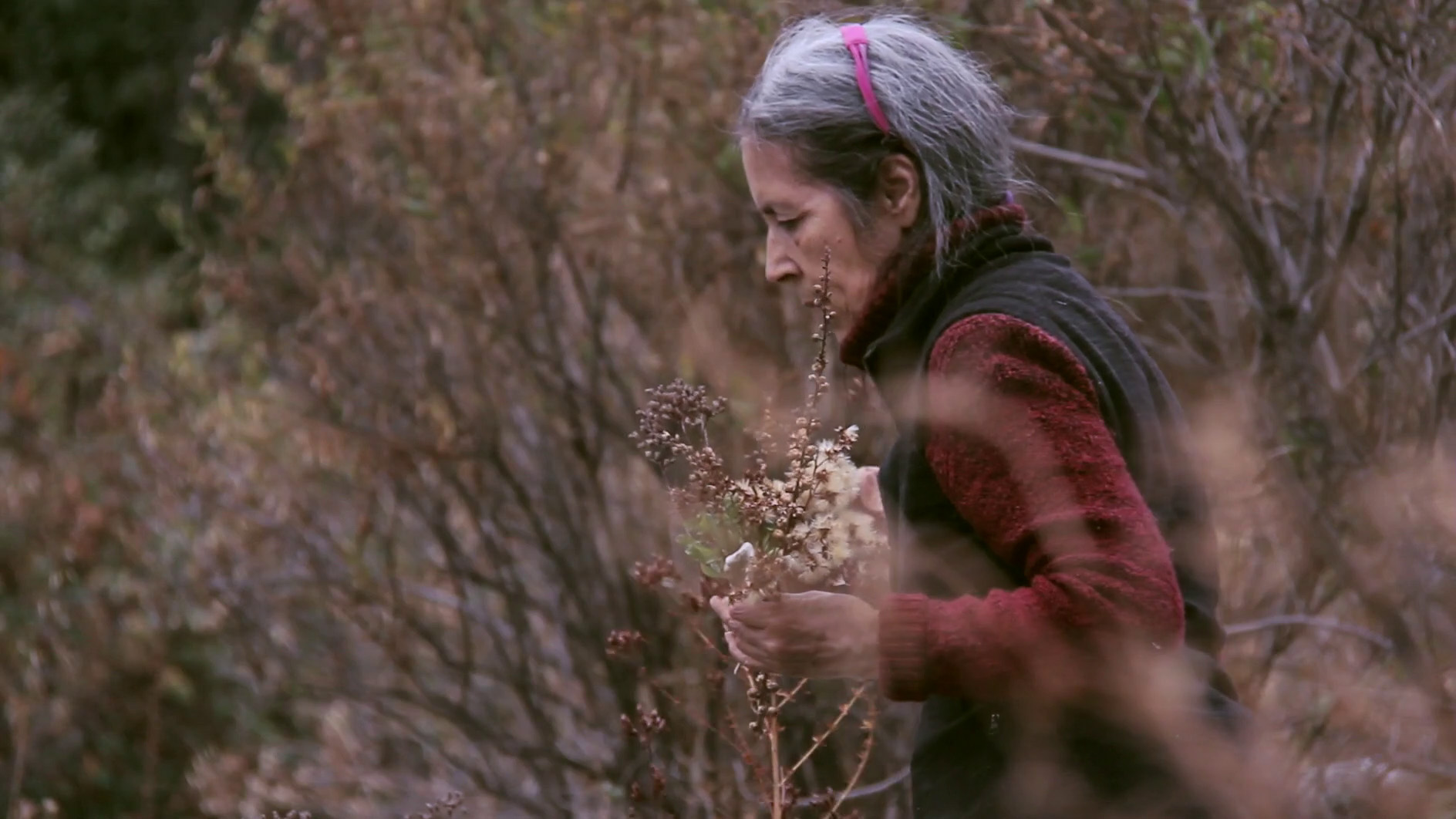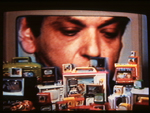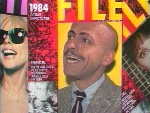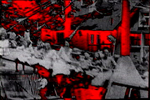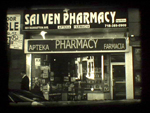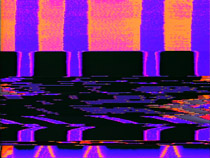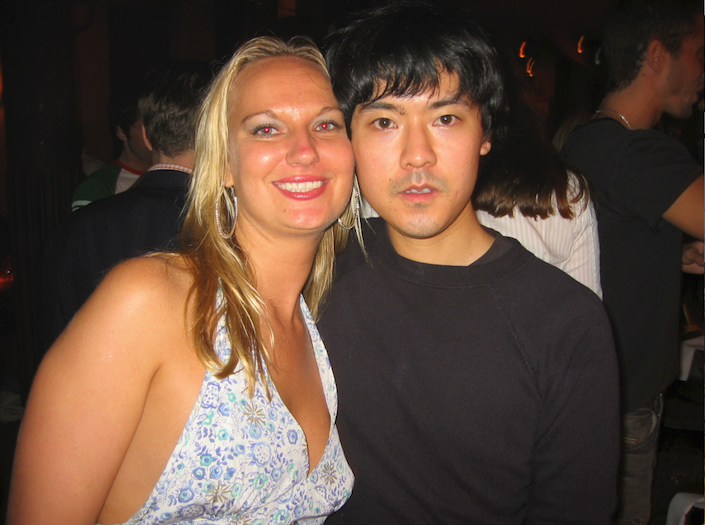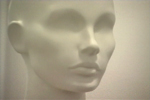The EAI Collection: New Artists
Feature
Jacob Ciocci
Jacob Ciocci was born in 1977 in Lexington, Kentucky. He received a BA in Computer Science and Art from Oberlin College in 2000 and an MFA in Art from Carnegie Mellon University in 2005. Ciocci has had solo exhibitions at Interstate Projects, New York; And/Or Gallery, Los Angeles; Prosjektrom Normanns, Norway; Night Light Gallery and Studios and shown work in collaborative and group exhibitions at Penrith Regional Gallery, Australia; the Migros Museum, Zurich, Switzerland; the Mattress Factory, Pittsburgh; the Pittsburgh Biennale; Cooper Cole Gallery, Toronto, and the Cleveland Museum of Contemporary Art, Cleveland. He has also performed cross-nationally with Extreme Animals at institutions and venues including the Museum of Modern Art, New York; the New Museum, New York and the Hirshhorn Museum, Washington DC. Ciocci lives and works in Chicago, IL.
Frank Heath
Frank Heath was born in 1982 in St. Joseph, Missouri. He has exhibited his work in solo shows at the Simone Subal Gallery, New York and collaboratively at the Swiss Institute, New York; Young World, Detroit; Simone Subal Gallery, New York; Art Basel Statements, Basel; and the Videotage Gallery, Hong Kong. His work has exhibited in group shows and screenings at venues including the Kitchen, New York; International Film Festival Rotterdam, the Power Plant, Toronto; Centre Pompidou, Paris, and the High Line, New York. Heath currently lives and works in New York City.
Maggie Lee
Maggie Lee's work has taken shape in a wide array of forms including sculpture, installation, photography, zine-making, blogging and moving image. Her videos often oscillate between the personal and the pop-cultural, blending diaristic self-documentation with collaged found sound and image. Lee’s work probes the emotional undercurrents and personal resonances of contemporary culture: memories of the artist’s early years in suburban New Jersey, candid scenes from New York City nightlife, and totem-like odes to the assorted mass-produced ephemera that adorns daily life.
Aldo Tambellini
Aldo Tambellini was born in 1930 in Syracuse, New York. He received a BFA in Painting from the University of Syracuse in 1954 and an MFA in Sculpture from the University of Notre Dame in 1958. Tambellini was also a fellow at the MIT Center for Advanced Visual Studies from 1976 to 1984. He has had solo exhibitions at institutions including the Museum of Modern Art, New York, and The Whitney Museum. Tambellini’s work has been highlighted in several major retrospective exhibitions including at the Center for Art and Media, Karlsruhle, Germany, in 2017; the Tate Modern, London, in 2012; and the Pierre Menard Gallery, Cambridge, in 2009. Tambellini also has an extensive archive of poetry collected alongside other works by the Tate, United Kingdom and the Albright-Knox Art Gallery, Buffalo, New York. Selected poems, written from 1946 to 2016, were published under the title LISTEN by Grady Miller Books in 2017. Tambellini lived and worked in Cambridge, Massachusetts until his death in 2020.
Cecilia Vicuña
Cecilia Vicuña is a poet, performer, and sound and visual artist, who coined the concept of arte precario (or "precarious art") in the 1960s in response to pressing concerns of the modern world, including ecological destruction, human rights, and cultural homogenization. Born and raised in Santiago, she was exiled during the early 1970s after the violent military coup against President Salvador Allende. This sense of impermanence, and a desire to preserve and pay tribute to the indigenous history and culture of Chile, especially the Quipu (an Andean writing system or "knot-record" fashioned from string), have characterized her work throughout her career.
New Artists
Bernadette Corporation
Since 1994, the anonymous, international group of artists known as Bernadette Corporation has explored strategies of cultural resistance and détournement, appropriating contemporary entertainment modes for their own experimental purposes. From the New York-based BC fashion label, which garnered a cult following in the 1990s, and the magazine Made In USA, launched in 1999, to the collectively-authored novel Reena Spaulings (Semiotexte, 2005) and videos starring the likes of Sylvère Lotringer and Chloe Sevigny, Bernadette Corporation's interventionist projects amount to a precisely-calibrated critique of a global culture that constructs identity through consumption and branding.
Jaime Davidovich
Jaime Davidovich was a conceptual, video and installation artist, as well as a pioneering activist for the potential of artist-run, local cable television programming. Davidovich was a founding member of Cable SoHo (1976) and president of the Artists' Television Network (1978). His own cable access show, a weekly variety program called The Live! Show, aired on Manhattan Cable Television from 1979 until 1984. In the guise of his alter-ego, Dr. Videovich, Davidovich hosted the show, which featured performances by and interviews with art world personalities, live phone-ins and a home-shopping segment from which he sold his collection of TV-related kitsch.
Harry Dodge and Stanya Kahn
In the video works of the Los Angeles duo Harry Dodge and Stanya Kahn, the artists approach the alienation and violence of contemporary American life with absurdist humor. Dodge and Kahn's collaborative, performance-based videos inhabit an urban L.A. landscape that evokes both the everyday and the post-apocalyptic. In deadpan performances and elliptical narratives, Dodge and Kahn infuse their uncanny visions of Bush's America with wit, dread and longing.
General Idea
The artist collective General Idea — AA Bronson, Felix Partz and Jorge Zontal — forged a unique conceptual practice that deployed parody and irony to critique the artworld and popular media culture. In performances, installations, video, photography, prints, and editions, they explored social phenomena ranging from the production, distribution and consumption of mass media images to gay identity and the AIDS crisis. General Idea worked together from 1969 until the deaths of Partz and Zontal in 1994.
Julia Heyward
Julia Heyward, once known by the pseudonym "Duka Delight," is a multi-media artist whose performances and moving-image works orchestrate sound, language and image into indelible symbolic compositions. Heyward's earliest performance and video art from the 1970s through to her recent focus on digital and interactive technologies show the artist's expressive use of staging, cinematography and her own charismatic presence and vocal techniques to deliver visceral monologues that have the blunt cadence and rawness of poetry.
Alex Hubbard
Alex Hubbard's signature videos involve carefully choreographed and dynamically composed studio experimentation with objects, paint, comedic timing and deconstructive gestures, on and off-screen. Through precise pacing and edits, Hubbard applies the logic of slapstick and physical comedy to objects, their relationships, and potential transformations, within the frame and over time.
Ken Jacobs
Ken Jacobs is an essential figure in the history of American avant-garde film. A leader in cinematic and now digital experimentation since the late 1950s, he explores the mechanics of the moving image and the very act of viewing. Jacobs investigates the cinematic experience in its entirety, from production to projection. Whether undertaking archaeological journeys to the dawn of cinema or scrutinizing the interstices of new digital technologies, Jacobs' work investigates, provokes, and draws power from the mysteries of the nature of human vision.
Andrew Lampert
Working primarily in film, video, and performance, Andrew Lampert pursues the alchemy between artist, art, and audience in a public space, especially that of cinema. A trained film archivist, Lampert combines a Duchampian attention to the gap between an artwork's private intent and public reception with an appreciation for the contingency of film as a medium, bringing unscripted and chance elements into cinema's veneer of control. Reveling in cinema as a performative environment, Lampert reclaims this space from a mass media culture to emphasize its potential for immediacy and accident.
LoVid
Tali Hinkis and Kyle Lapidus began collaborating as LoVid in 2000. An alchemy of independent interests in technology has defined LoVid's aesthetic, combining craft-oriented analog processes and playful engineering with natural and social science. LoVid's live performances, participatory public art works, immersive installations, and video and textile projects express the radiant noise of an electrified but human world.
Shana Moulton
Shana Moulton creates evocatively oblique narratives in her video and performance works. Combining an unsettling, wry humor with a low-tech, Pop sensibility, Moulton plays a character whose interactions with the everyday world are both mundane and surreal, in a domestic sphere just slightly askew. As her protagonist navigates the enigmatic and possibly magical properties of her home decor, Moulton initiates relationships with objects and consumer products that are at once banal and uncanny.
Takeshi Murata
Takeshi Murata produces extraordinary digital works that refigure the experience of animation. His innovative practice and evolving processes range from intricate computer-aided, hand-drawn animations to exacting manipulations of the flaws, defects and broken code in digital video technology. Whether altering appropriated footage from cinema (B movies, vintage horror films), or creating Rorschach-like fields of seething color, form and motion, Murata produces astonishing visions that appear at once seductively organic and totally digital.
Jayson Scott Musson
In writing, performance and visual art that incisively satirizes pop culture and the art world, Jayson Scott Musson provokes the boundaries that define cultural and racial stereotypes. His most well-known creation is the "art critic" Hennessy Youngman, whose episodic Internet talk show Art Thoughtz has become a viral video phenomenon. In the guise of Hennessy Youngman, Musson uses hip-hop vernacular to critique the exclusionary language of art discourse, hilariously pitting hip-hop and art world idioms against each other in a dual parody of cultural clichés. Engaging hybrid media and contexts, Musson uses platforms such as YouTube to circumvent traditional art institutions and reach a mass audience on his own terms.
Trevor Shimizu
Trevor Shimizu has produced a large body of paintings that are crudely gestural and sparse, and subtle in their compositional aesthetics if not in their subject matter. In works that are semi-autobiographical, humiliating social incidents and aberrations usually kept private are made public. Alongside his painting practice, Shimizu has produced a body of video art that emphasizes how his personal and public identities have been shaped by home video and the banality of television and media consumerism. As a former Technical Director of Electronic Arts Intermix, he developed close friendships and collaborations with artists including Dan Graham, Carolee Schneemann, Shigeko Kubota, and Dara Birnbaum. The influence of other EAI artists, especially the droll, self-depricating humor of Michael Smith, and Mike Kelley’s unflinching portrayals of American culture, is also clearly evident.
Antek Walczak
The video works of Antek Walczak grew out of his participation in the art/fashion collective Bernadette Corporation and the late '90s downtown New York scene. Characterized by what Walczak terms a "neo-Godardian lo-fi Rousellian distracted-narrative style," these works define an early-21st-century condition, "...a passion for dead fictional substances and authentic forms, a haunted authorial voice speaking across grids of nonlinear layers, tracks, clips and timelines."
C. Spencer Yeh
C. Spencer Yeh is recognized for his interdisciplinary activities and collaborations as an artist, composer and improviser, as well as his music project Burning Star Core. Much of Yeh's video work engages with avant-garde composition and performance, variously as studies in form and technique, or as documentation of other artists working within his musical, geographic or social spheres. Other projects are humorously charged excursions into pop and trash cultural anthropology within "tape trading"-style distribution, such as applying highly polished treatment to bootleg video sources or canned pop songs. Pitched at the turn-of-the-millennium transition from "IRL" trades of prized physical objects to BitTorrent file transfers, this aspect of Yeh's work engages questions of value, authenticity, access, and social interactions within shifting paradigms for (unauthorized) circulation of images.








